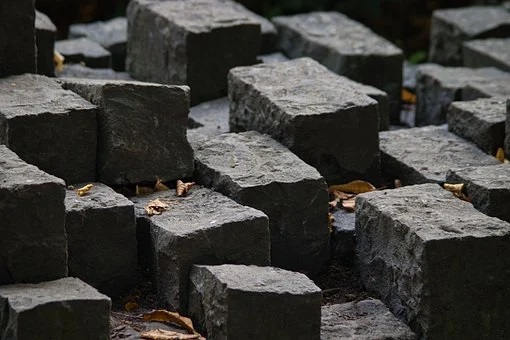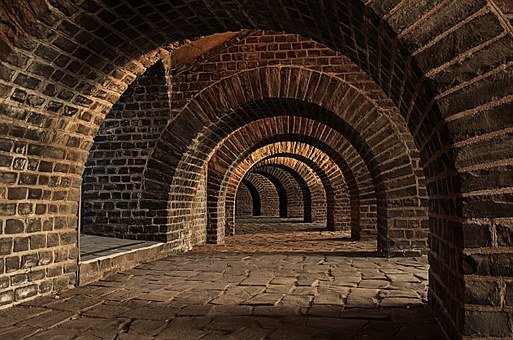As the saying goes: One takes the behavior of one's company. The impact of one's environment upon oneself is difficult to determine. If you spend a long time with friends that are a bad influence, then not only will you not have the hope of arousing bodhicitta, but the good habits that you previously developed may fade away. A person's buddha nature can mature in this life, but due to encounters with others who are negative influences, the seed of buddha nature would not be able to mature and sprout. There would be no chance of liberation in this life. Isn't that a pity?
~Depicted from LUMINOUS WISDOM BOOK SERIES











